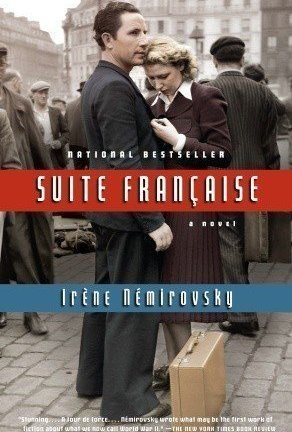
Living to Tell the Tale
Book
In Living to Tell the Tale Gabriel Garcia Marquez - winner of the 1982 Nobel Prize for Literature...

Of Love and Other Demons
Book
Nobel Prize winner and author of One Hundred Years of Solitude and Love in the Time of Cholera,...

The Story of a Shipwrecked Sailor
Book
Gabriel Garcia Marquez, winner of the 1982 Nobel Prize for Literature and author of One Hundred...

News of a Kidnapping
Book
Gabriel Garcia Marquez's News of a Kidnapping is a powerful retelling of actual events from a...

Dubliners
Book
James Joyce's Dubliners is an enthralling collection of modernist short stories which create a vivid...
Ashley Catron (66 KP) rated Suite Francaise in Books
Mar 7, 2018
Overall, this book was incredible. I don't typically go for this type of book (war-themed), but I was intrigued and I'm so glad I gave it a chance. Irene Nemirovsky was a French-Russian who was writing these books while all of this was happening around her in France. While the characters in the stories are fictional, the emotions they feel and the thoughts they have are very real and very comparable to what others were feeling during this time. In the beginning, yoiu will find your heart racing as everyone flees their possessions, their livelihoods, their families, just to escape the Germans and the certain death they bring. Your breath will catch at the description of the sirens and the air raids, and you will be angry at these Germans for what they have done. However, in the second part, you will find yourself sympathizing with the Germans, even after the brutalities explained in the first part. You will find yourself thinking about the French and how torn they were seeing how kind and generous the Germans were, how the children loved them so, not understanding what horrors they had committed against others. Irene paints such a beautifully descriptive landscape that you will feel like you are experiencing all these accounts first hand. I would recommend this book to anyone who has an interest in war-era books, and even those who have never read it before.



